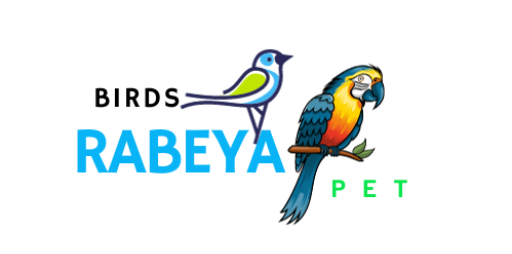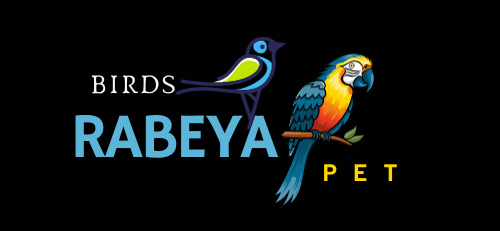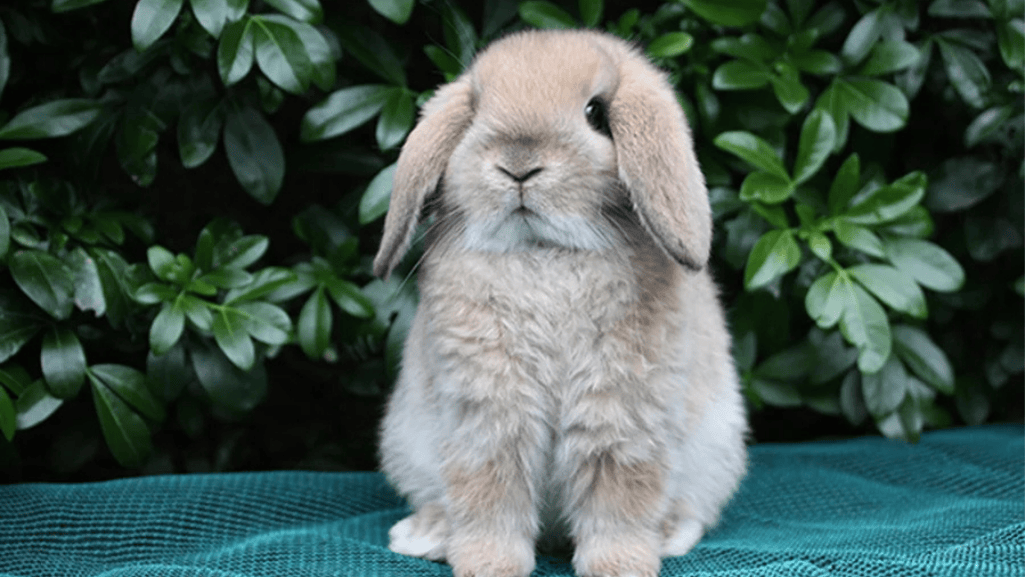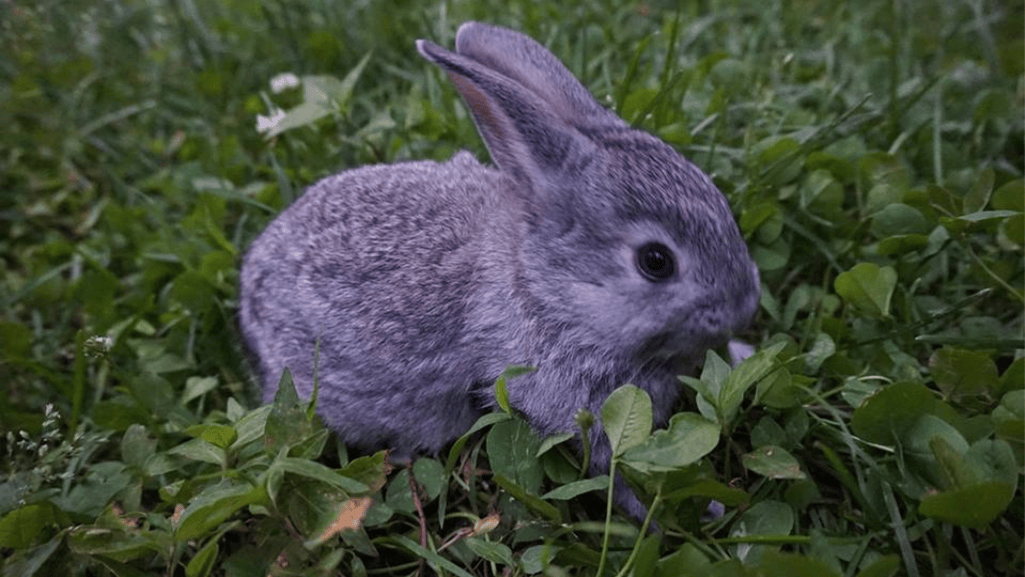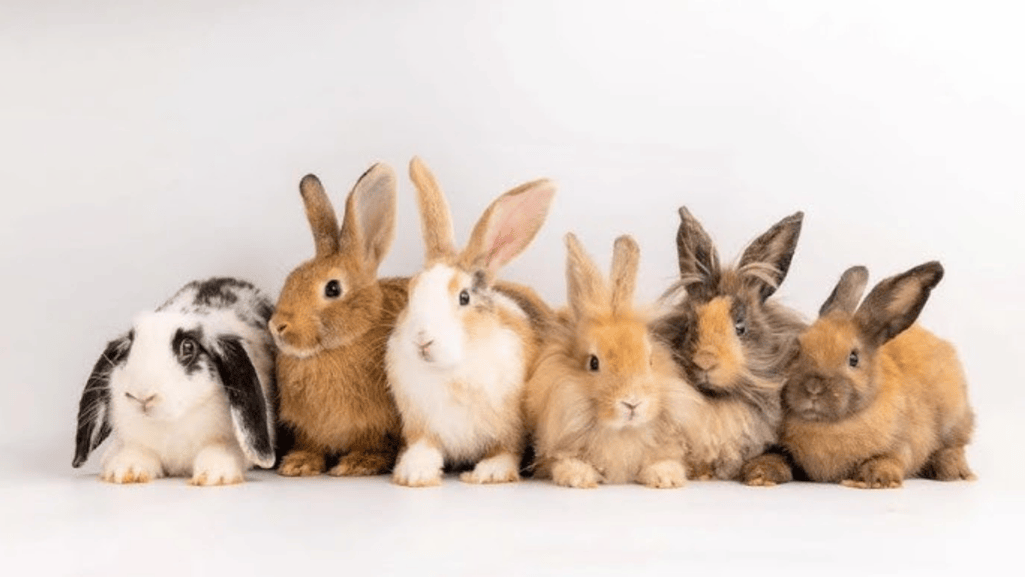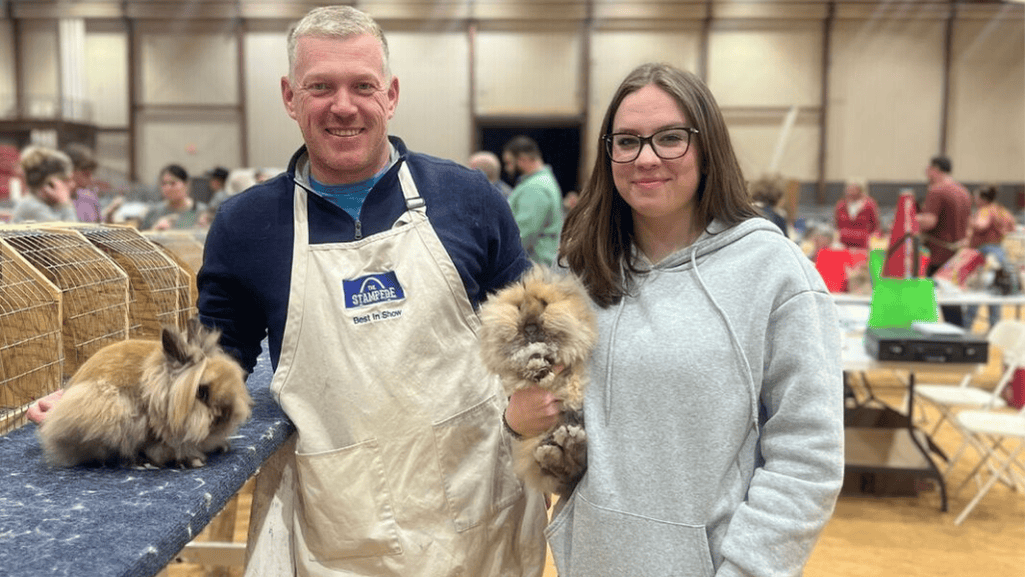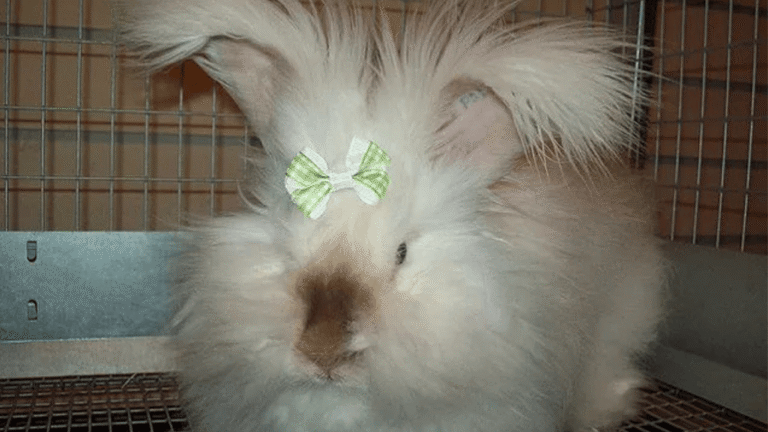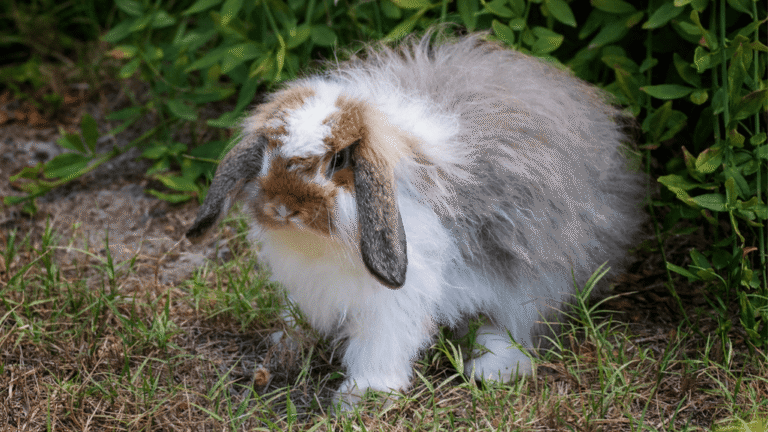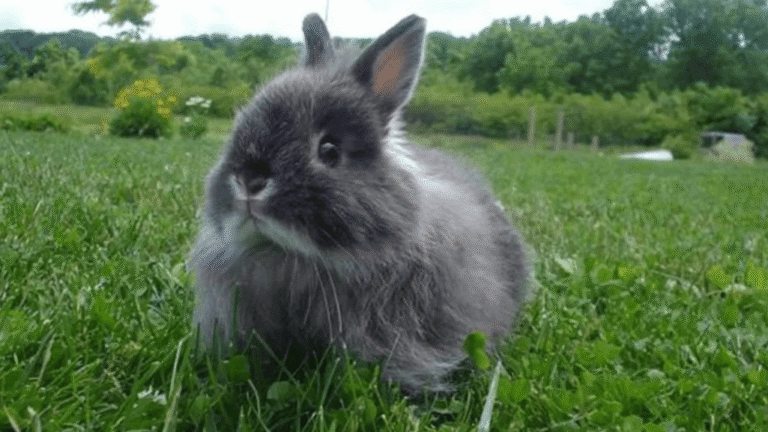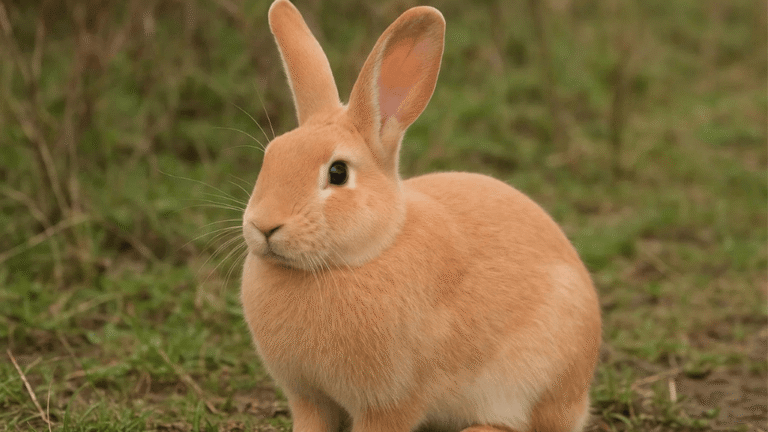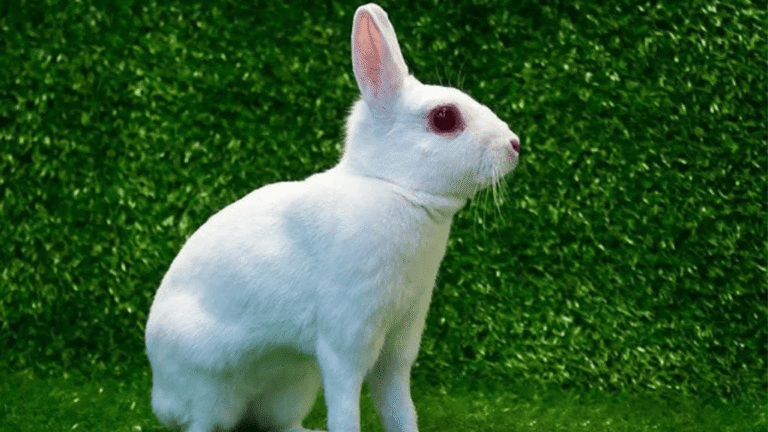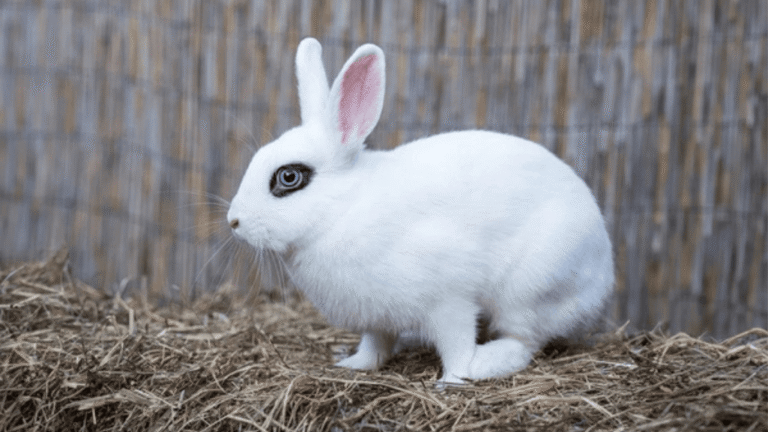This guide helps U.S. families and first-time owners compare pet-friendly options. It focuses on size, grooming, temperament, and how each type fits daily life. You will get clear points to choose confidently for apartments, kids, or busy homes.
Understanding a domestic rabbit means knowing its breed standards. Groups like the American Rabbit Breeders Association and the British Rabbit Council keep those standards so owners know what to expect from body, ears, and coat.
We will move from core concepts—fur types and class lists—to curated picks. Expect short profiles of familiar names such as Holland Lop, Dutch, Lionhead, Himalayan, Florida White, and Flemish Giant. You’ll learn how ear carriage, body shape, and coat care affect suitability.
Note: while each animal is unique, breed guidelines give a reliable starting point. Jot down any name you like so you can ask breeders precise questions about care, feeding, and housing in the United States.
Key Takeaways
- Focus on size, grooming, and temperament to match your home.
- ARBA and the BRC set standards that describe body, ears, and coat.
- Common names like Holland Lop and Flemish Giant help narrow choices.
- Ear carriage and coat type affect suitability for kids and apartments.
- Record the breed name to ask specific care and housing questions.
Why rabbit breeds matter when choosing a pet in the United States
Choosing the right variety shapes daily care, handling, and space needs for a pet in the United States.
Standards predict size and care. ARBA’s U.S. framework lists ideal weight ranges, ear carriage, coat type, and accepted color patterns for named types such as Dutch, Holland Lop, and Flemish Giant. That helps you estimate adult size and how many years of commitment to expect.
Temperament trends vary by line. Selection for calm, well‑handled animals makes a big difference for families and renters with limited space.
Practical planning cuts surprises. Knowing coat density and hairs length clarifies grooming time and vet or grooming costs. Recognized varieties also guide cage size, exercise needs, and suitable travel carriers.
- Use the breed name and face markings when asking a seller or local club about history and care.
- Work with an american rabbit breeder or breeders association to find healthy, socialized stock.
- Expect that standards will help you match type and color to climate and show eligibility.
Bottom line: while individuals vary, choosing an appropriate breed narrows the range of behavior, size, and rabbit care demands—making pet ownership more predictable and rewarding in the united states.
Understanding guard hairs, rex coats, and how fur type affects rabbit care
Coat structure tells you how much grooming, bedding care, and handling a pet will need.
What “no guard hairs” means for Rex breeds
Guard hairs are the longer, stiffer outer hairs that protect the undercoat.
In Rex animals those guard hairs are absent or greatly reduced. The result is a plush, velvet-like feel that became noted in the 1920s for this breed.
Fewer guard hairs make the coat tactile and soft, but also more delicate. Use soft bedding and avoid abrasive surfaces to protect the fur.
Long hair versus short hair: grooming time and matting risk
Long-haired Angora types grow up to about 5 inches and need daily brushing to prevent mats. Short, dense coats are faster to maintain and shed differently.
- Use a gentle slicker or rubber brush for plush coats.
- Try a wide-tooth comb and occasional blower sessions for long hair.
- Trim nails regularly—Rex texture can snag when scratched.
- Color does not change grooming workload; length and texture do.
Tip: Ask a breeder to demonstrate proper coat handling at pickup so you can set a realistic care schedule from week one.
How experts classify rabbit breeds: fancy, fur, and rex
Experts sort domestic types into three practical categories that reflect purpose and appearance. This system helps owners match a pet to home life, grooming time, and handling needs.
Fancy: show type and companion appeal
Fancy varieties — like Dutch, English Spot, and Lionhead — emphasize tidy size ranges, striking color patterns, and friendly temperaments. They suit homes where appearance and calm handling matter.
Fur and meat: utility origins
Fur/meat lines such as Florida White and American Chinchilla contributed robust frames, productive litters, and hardy constitutions. These utility roots still inform many pet selections in the united states.
Rex: the velvet look and feel
Rex types are defined by a plush coat with reduced guard hairs. Selection in the early 20th century produced this unique texture, later formalized by recognized arba standards.
- Both ARBA (U.S.) and the united kingdom’s BRC publish weights, color options, and standards.
- Some animals are also called by alternate names across regions.
- Read the official standard before purchase to set realistic expectations on size and condition.
Key factors to pick a pet-friendly rabbit breed
Size, ear type, and temperament shape how well a pet fits your home. Start by matching adult size to your living space and activity level.
Size, ears (lop vs erect), and home space
Size drives housing footprint and handling. ARBA lists Holland Lop at 4–6.5 lb, Dutch at 3.5–5.5 lb, and Flemish Giant at 14–25 lb. A compact body fits apartments; giants need large pens.
Ears matter too. Lop ears require extra checks for airflow and cleaning. Erect ears make inspection easier and can help with heat dissipation.
Temperament, handling, and years of commitment
Ask breeders for lines selected for calm temperaments and frequent handling. Meet the animal by name and note its response to gentle petting.
- Expect close to a decade of care with good diet and vet attention; plan for those years.
- Groom by coat: short coats need less time; long coats need regular brushing.
- Approved color varieties do not change personality but indicate standard conformity.
Factor climate and possible naming differences from the United Kingdom when comparing standards and selecting a suitable animal.
Best rabbit breeds for pets: top picks and why they stand out
Start by narrowing options to types known for steady dispositions and manageable upkeep. These carefully chosen varieties suit family life in the united states and are common at ARBA shows.
Holland Lop
Compact body and sweet demeanor define this lop. ARBA lists 4–6.5 lb and characteristic lop ears. Kids often love the friendly look; inspect ears regularly.
Mini Lop
Small, sturdy, and playful. This mini lop is trainable and adapts well to supervised family handling and clicker games.
Dutch and Himalayan
Dutch shows classic color and steady temperament at 3.5–5.5 lb. Himalayan offers calm behavior and striking point color at about 6–8 lb.
Florida White, Lionhead, English Spot
Florida White is compact (4–6 lb) with easy grooming. Lionhead gives a charming mane—light, regular brushing prevents tangles. English Spot is athletic and shows distinct butterfly and cheek spots.
- Why these picks work: manageable size, tame temperaments, and coats that balance beauty with realistic upkeep.
- Availability: find temperament-focused lines through ARBA clubs in the united states; many owners also favor the silver fox for calm nature.
Small and dwarf rabbit breeds to consider for apartments
Miniature types save floor space but still need consistent exercise and social time. Compact animals reduce housing footprint and make carriers and pens easier to fit in tight living rooms.
Why small works: A compact body, lighter carriers, and low‑profile litter boxes suit apartment life. Expect the same daily enrichment needs as larger pets.
Britannia Petite: tiny size, experienced handlers recommended
ARBA lists this type at about 1.5–2.5 lb. The Petite is lively and needs confident handling to avoid stress.
Dwarf Hotot: bold eye circles and big personality
At 2–3 lb the Dwarf Hotot is mostly white with striking eye circles. The clear coat makes face and tear‑stain checks quick.
Jersey Wooly: wool coat in a petite package
Jersey Wooly ranges about 2.5–3.5 lb and carries a dense wool coat. Schedule routine comb‑outs to prevent mats and keep facial hair tidy.
- Provide daily exercise and apartment‑scale enrichment.
- Choose low bowls, compact litter boxes, and chew stations sized to mini frames.
- Meet adult animals to confirm full‑grown size, energy, and color options by name.
Lop-eared breeds: from English Lop to Mini Lop
When ears fall alongside the face, care routines and living-space needs change. Lops are defined by that ear carriage, which affects cleaning, airflow, and handling.
English Lop: iconic long ears, not ideal for novices
English Lop is large (about 10–11 lb under ARBA) with exceptionally long lop ears. Those dramatic ears need soft flooring, padded rest areas, and frequent inspections to avoid abrasions or infections.
Experienced keepers should plan larger pens and vigilant ear care; this type is not recommended for first-time owners.
Dwarf Lop and Mini Lop differences in look and care
The Mini Lop offers a smaller, sturdy body and a friendly temperament. It fits most homes and has manageable grooming and housing needs.
Across the United Kingdom, the BRC calls a similar animal the Dwarf Lop; in the United States ARBA uses Mini Lop. Observe parents’ ear length and carriage to predict care needs and color options.
- Weekly ear checks and gentle wipes
- Soft bedding and scratch-free play surfaces
- Provide cool resting spots in warm climates
- Exercise without harnesses to protect long ears
Heritage and dual-purpose favorites that also make great pets
Heritage lines often pair practical utility with steady temperaments suited to family life. These varieties were selected for body mass and fur quality, yet many now thrive as affectionate companions in the united states.
American Chinchilla: friendly, meaty frame, beautiful coat
American Chinchilla offers a solid body and the classic chinchilla color that appeals to show and homestead owners alike. Its calm nature makes handling easier for families.
This line was developed as an american rabbit valued for both meat and pelts. Ask breeders about feed efficiency and expected adult size before committing.
Silver Fox: “meat brick” build and stunning silvered fur
The Silver Fox is often called a “meat brick” for its dense, compact body and heavy carcass. Its silvered fur is striking, and the temperament is typically steady and gentle.
Care for denser coats in warm months by providing cool resting areas and regular inspections of the skin and hairs.
French Angora: fiber potential with higher grooming needs
French Angora is prized for fiber projects but requires daily brushing to prevent mats. Owners should plan grooming time and a grooming kit before bringing one home.
- Balance: heritage options combine utility traits with pet-friendly temperaments for hands-on keepers.
- Responsible breeding: prioritize health and disposition over show color; check Livestock Conservancy listings to support threatened lines.
- Ask breeders about handling, feed efficiency, and coat maintenance to match expectations.
Remember that some lines were originally selected for meat or pelts, but many produce affectionate, people-oriented animals today. Use recognized color descriptions to verify identity, yet give temperament equal weight when choosing a companion.
Gentle giants: what to know about Flemish Giant and other large breeds
Owning a giant requires planning for space, strength, and joint health from day one. The Flemish Giant is ARBA‑recognized at 14–25 lb and comes in multiple colors. These large animals have a substantial body and a long stride that affect housing and handling.
Flemish Giant: impressive size, space and support required
Plan for reinforced flooring, roomy pens, and high‑capacity litter boxes to reduce pressure on hocks. Soft mats, regular nail trims, and non‑slip surfaces protect joints and prevent sore hocks.
- Space: larger pens and room‑scale exercise lower stress and encourage natural movement.
- Flooring & bedding: soft, breathable bedding plus mats protect delicate pads.
- Feeding: controlled portions, quality hay, and limited treats keep weight healthy.
- Transport: reinforced carriers with two‑hand support and non‑slip bases are essential.
- Handling: support chest and hindquarters to avoid spinal strain; use two‑person lifts for very large animals.
Coat and fur care is usually simpler than for long‑haired types, but weekly grooming reduces shed build‑up. Giants are prone to overheating; provide cool spots and fresh water, especially in the United States summer months.
See adult examples at shows or visit a trusted breeder to assess full size and temperament in person. For a detailed breed profile, read more about the Flemish Giant on Flemish Giant care, and compare standards via ARBA and the United Kingdom BRC when researching.
Color, markings, and type: how looks relate to care
Color and markings often tell you more about care needs than first meets the eye. Standards from ARBA and the United Kingdom BRC define exact placement for patterns and set expected type proportions.
Eye circles, cheek spots, and butterfly patterns explained
ARBA describes the English Spot with a butterfly on the nose, clear eye circles, and precise cheek spots on a white body. Those features are judged by placement, not just intensity.
Dwarf Hotot is also called for bold eye circles; that contrast makes face checks easy when you monitor for discharge.
Argente Brun, Silver Marten, and chocolate shades
Silver Marten varieties show tan patterning with white ticking. Good lighting helps you find debris in the ticking and along the hairs during grooming.
Chocolate shades appear across several breed names and offer warm tones without changing basic fur maintenance. Silver Fox shows silver‑tipped fur that brushes like a typical dense coat.
- Type refers to body shape and proportions and can affect grooming reach and show eligibility.
- Markings are cosmetic; avoid trimming around the face—use gentle cleaning to protect hair and guard hair integrity.
- Record the full variety name when you contact a breeder to match expectations on color and look.
ARBA recognition and breed standards in the United States
Clear national standards make it easier to choose a healthy, well‑typed companion. The American Rabbit Breeders Association publishes and maintains detailed standards that define ideal weight, ear carriage, fur type, and permissible color for recognized types such as Holland Lop, Dutch, Flemish Giant, Florida White, Himalayan, Jersey Wooly, Lionhead, English Lop, English Angora, and English Spot.
Recognized ARBA breeds and why standards matter
Recognized ARBA status means a published standard and eligibility for sanctioned shows across the united states. Standards help predict adult size and care needs, so owners can plan housing, grooming, and feeding before adoption.
Standards also guide ethical breeding goals: sound structure, stable temperament, and precise color descriptions. Popular American show and meat lines like New Zealand benefit from decades of selective improvement that focus on health and utility.
How the American Rabbit Breeders Association supports breeders
As a national rabbit breeders association, ARBA runs shows, youth programs, mentorship, and record keeping. The organization shares best practices for husbandry and coordinates health guidance across local clubs.
- Use ARBA directories to find reputable american rabbit breeders and local clubs.
- Attend shows to meet animals, ask questions, and compare types such as Mini Satin with its glossy coat.
- Cross‑read BRC standards from the united kingdom when buying internationally to align expectations.
Bottom line: adherence to recognized ARBA standards helps predict adult size, care demands, and suitability for family life. Working with an established breeders association reduces risk and improves long‑term outcomes for owners in the united states.
Rex rabbit breeds: velvet coats, friendly temperaments
Rex-type animals are prized for a unique plush texture that feels like short velour under the hand. This tactile hallmark comes from very short, even hairs and a distinct lack of guard hairs, creating a smooth, velvety surface many families enjoy.
What to expect from a Rex coat with no guard hairs
Care is straightforward but gentle. Brush lightly to remove loose fur and use soft bedding to avoid abrasion. Avoid coarse rugs and abrasive surfaces that can wear the pile.
Trim nails regularly so claws don’t scuff the plush surface. Color choice or pattern does not change these needs; coat length and density matter most.
Popular rex-type varieties and pet suitability
Many medium-size selections show calm, outgoing temperaments and adapt well to family homes. ARBA lists several recognized arba rex varieties with a wide palette, including chocolate tones and patterned examples.
- Silver Marten patterning can appear on rex-type lines, adding striking contrast without extra grooming.
- Feel the coat in person to confirm texture and ask breeders about lineage for temperament in child-friendly homes.
- The BRC in the united kingdom also recognizes additional rex variants for those comparing international standards.
Fancy breeds from the United Kingdom and beyond that thrive as pets
Fancy lines from the united kingdom often combine show polish with gentle, people‑friendly temperaments. These varieties offer clear markings and steady handling that suit family homes and exhibitions alike.
English Spot and Dutch: show favorites with pet appeal
The English Spot is lively and curious. It weighs about 5–8 lb and is marked by the butterfly on the nose, eye circles, and cheek spots that make it instantly recognizable.
The Dutch is compact at roughly 3.5–5.5 lb. Its tidy facial and body pattern is classic for both home life and the show table.
Argente types and color genetics considerations
Argente varieties, including Argente Brun, show a silvered coat that shines under lights. Color selection is primarily aesthetic; the genetics behind shade and ticking matter for show standards but do not change day‑to‑day care.
Note that some animals are also called different names regionally. For example, the Dwarf Lop in the united kingdom is also called the Mini Lop in the United States.
- Many UK fancy lines are calm because they are bred for show manners and presentation.
- Some types are also called alternate names—confirm the exact name when you contact a seller.
- Watch a class at a UK or U.S. show to see type, pattern, and handling in person; this helps when you ask a breeder by name about availability.
One caution: an english lop with extremely long ears is best left to experienced keepers. Before buying, verify local availability and naming conventions and compare standards or consult a local rabbit breeds listing to align expectations.
Rabbit breeders, associations, and finding reputable stock
Start your search with club directories to find reputable, health‑focused breeders near you. Local and national lists help you locate sellers who follow welfare practices, run health checks, and socialize youngsters before placement.
Working with rabbit breeders and breeders association listings
Begin with a breeders association directory or club roster. ARBA and local clubs publish member lists and host shows where you can see animals side by side.
Visit shows to judge type, temperament, and condition. Bring questions about breeding goals, housing, diet, and how they introduce youngsters to handling.
- Ask for references and health records before placing a deposit.
- Request the full variety name on any sales agreement to avoid confusion about color or pattern.
- Check deposit, waiting list, and health guarantee policies common among serious U.S. sellers.
Why temperament selection matters as much as type
Temperament shapes daily life more than show points do. Meet both adults and juveniles to see handling tolerance and curiosity. Calm lines make better companions for families and first‑time owners.
Ask breeders about socialization routines. Puppies raised with gentle handling, exposure to noise, and routine grooming become more confident and resilient house pets.
For additional profiles and variety examples, review a trusted listing such as the Beveren rabbit profile to compare standards and expectations before you commit.
Rabbit breeds
Choosing the right animal starts with matching size, coat, and ear type to your daily routine. Use ARBA standards to estimate adult weight and ear carriage so you can plan housing, carriers, and budget in the United States.
Match size to space: compact body types like the Mini Lop fit smaller homes and smaller carriers. Larger frames need room to stretch, sturdy pens, and reinforced flooring to protect joints.
Align ears with care habits: lop ears need routine checks and gentle cleaning to keep airflow healthy. Erect ears simplify inspection and often cool more efficiently.
Balance coat and schedule: short coats cut grooming time; long, dense coats require planned brushing sessions. Factor tail and hindquarter cleanliness into litter box choice—pick boxes that support natural posture and easy entry.
- Use published standards to predict adult weight and plan pens, carriers, and costs.
- Put color and looks last—prioritize suitability and temperament over appearance.
- Ask the breeder for the exact name and variety so you can research specific care needs before pickup.
Bottom line: consistent rabbit care—quality diet, enrichment, and vet access—matters more than the type you choose. Compact lops such as the Mini Lop remain popular because they blend friendly temperaments with moderate upkeep, making them a common choice for U.S. families.
Conclusion
Let lifestyle priorities—space, grooming time, and handling—lead your selection of a suitable companion. Start by matching a breed to your home and daily routine, then refine choices by temperament and local availability in the United States.
A domestic rabbit from a reputable source can offer many happy years when housing, grooming, and enrichment are planned. Visit shows and clubs to see how look and handling translate in person before deciding.
Confirm exact names—some types are also called different terms regionally. Consider versatile favorites such as Silver Fox, Argente Brun, and Silver Marten for calm temperaments and striking patterns.
Remember: tail and hindquarter cleanliness, regular grooming, and daily enrichment shape a healthy result. Contact a local club or breeder to meet candidates and verify the best fit before you bring an animal home.
